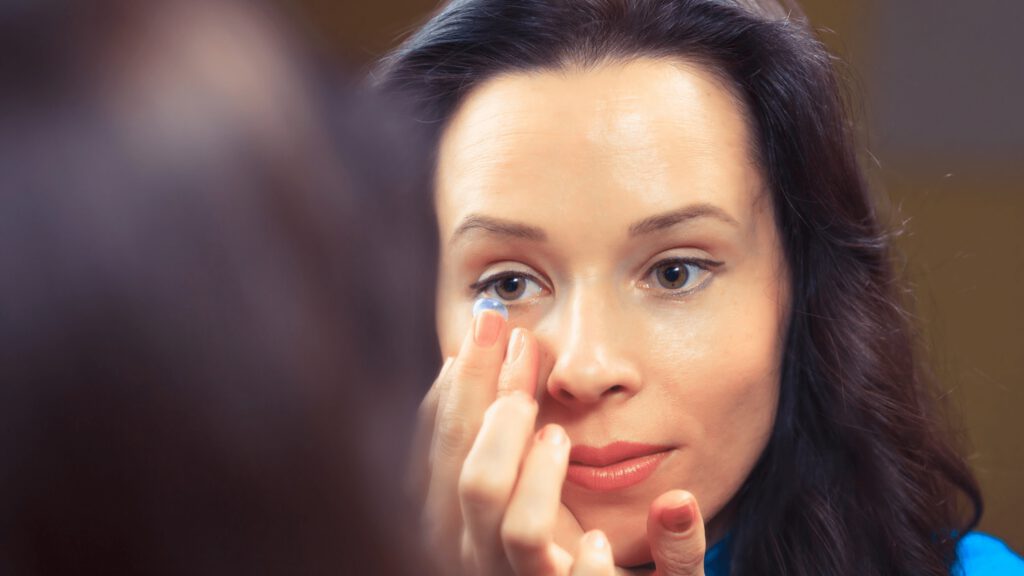Eye Specialists of Napa Valley,Optical Services,Our Team

Do you often squint at your computer screen or TV? Or have a hard time reading street signs or the menu at a restaurant? If so, you may have a refractive error that requires glasses or contacts. Because it can be difficult to know for sure, an eye care professional can determine your prescription and make recommendations.
Below, Eye Specialists of Napa Valley will review what causes a refractive error and how to know if you need visual aids, like glasses. Call our talented team to see how our optical services have helped countless Napa, CA patients improve their lives with clear and healthy vision.
What is a refractive error?
When light passes through the lens of your eye, it should focus directly on the retina at the back of the eye. But if the cornea isn’t curved correctly, the light focuses before or after the retina instead. This results in a refractive error that causes blurry or unfocused vision. These are the most common refractive errors:
- Nearsightedness (myopia): The cornea is too curved, so incoming light focuses in front of the retina. This causes blurry vision when viewing objects from far away.
- Farsightedness (hyperopia): The cornea isn’t curved enough, so incoming light focuses behind the retina. This causes blurry vision when viewing objects that are up close.
- Astigmatism: The cornea or lens has mismatched curves. Instead of having a round curve, the surface is egg-shaped. This leads to blurry vision no matter the distance.
What are the symptoms of a refractive error?
Blurry vision is the most common symptom of a refractive error. But other signs may include eye strain, headaches, and dry eyes, especially after spending time at a computer or watching TV. Prolonged blurry vision can be dangerous because it can lead to accidents during routine activities. Fortunately, glasses or contacts can address refractive errors so you can enjoy clear vision.
What is a prescription?
A prescription is the amount of power needed to correct a refractive error. The only way to determine your prescription is during an eye exam in Napa, CA. Eye Specialists of Napa Valley will first perform an assessment to make sure your eyes are otherwise healthy. A simple and noninvasive vision test can let us know whether you have nearsightedness, farsightedness, or astigmatism. We then write a prescription for either glasses or contacts based on your preferences.
What optical services do you provide?
Eye Specialists of Napa Valley provides comprehensive vision care at our friendly, welcoming office. After your eye exam, we can provide detailed information about each vision correction option, including the benefits, drawbacks, and costs. Here are some basic pros and cons of glasses and contacts:
- Glasses: Glasses are easy to use and maintain, making them popular among patients of all ages. But glasses can break or slip off your face, and you’ll have to take them on and off periodically. Our staff offers a wide variety of glasses on-site, including brand-name frames and sunglasses.
- Contacts: Some people are hesitant about placing contacts in their eyes. However, contacts are very comfortable due to the thin, soft lens material. Our staff maintains an inventory of the most frequently used prescriptions so you can get started with contacts as soon as possible.
Reduce blurry vision with glasses or contacts
Blurry vision can make it difficult to perform daily functions, like reading and driving. If you have a refractive error, call Eye Specialists of Napa Valley for an eye exam in Napa, CA. We can provide an accurate diagnosis and prescription that will help improve your vision and your life. Learn more about our cutting-edge optical services today.